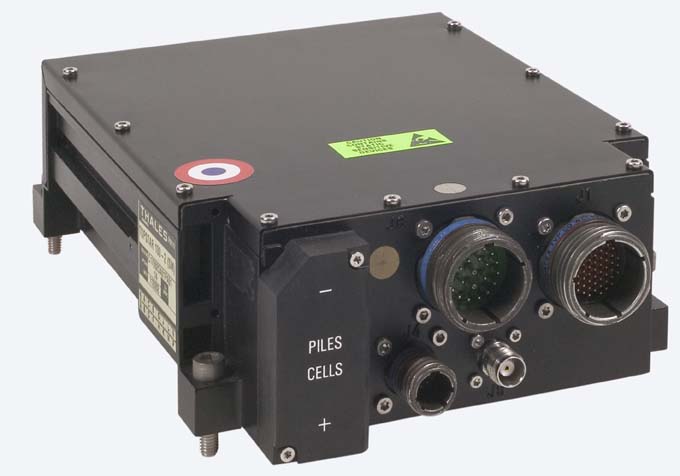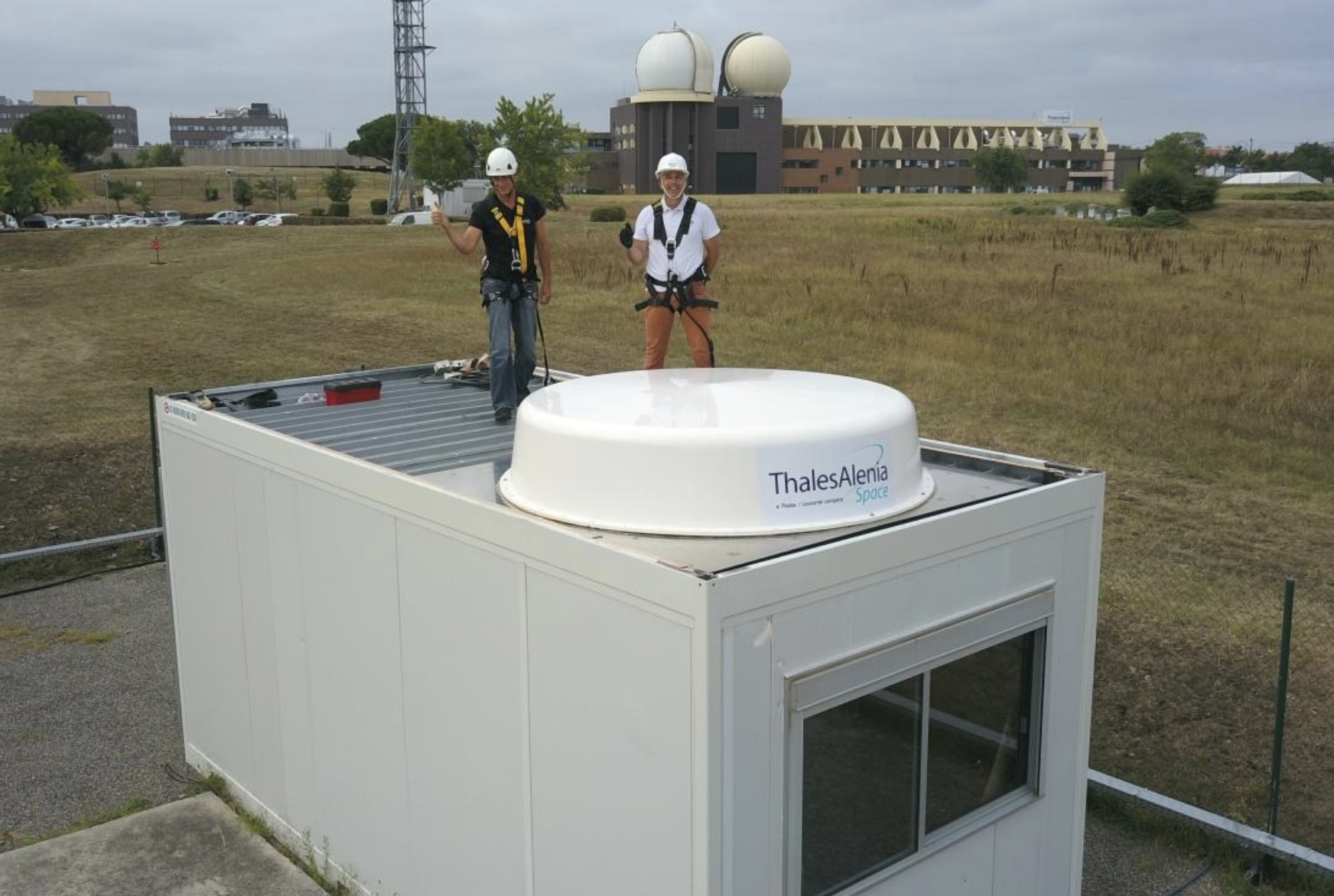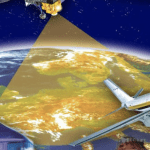 Thales TOPSTAR 100 receiver
Thales TOPSTAR 100 receiverFrench manufacturer Thales, the only non-U.S. company to offer GPS SAASM (Selective Availability Anti-Spoofing Module) receivers, is working on next-generation receivers for commercial aviation and military markets that will incorporate new signals and multiple GNSS systems.
Since the late 1990s, the company has delivered between 8,000 and 10,000 avionics installations in military and civil domains, according to Pierre Bouniol, GNSS Products Department manager, including multi-mode GPS receivers in stand-alone and enclosure configurations.
French manufacturer Thales, the only non-U.S. company to offer GPS SAASM (Selective Availability Anti-Spoofing Module) receivers, is working on next-generation receivers for commercial aviation and military markets that will incorporate new signals and multiple GNSS systems.
Since the late 1990s, the company has delivered between 8,000 and 10,000 avionics installations in military and civil domains, according to Pierre Bouniol, GNSS Products Department manager, including multi-mode GPS receivers in stand-alone and enclosure configurations.
The company’s military receivers, such as the GNSS 1000-S, have found a home on board FREMM multi-mission frigates, cruise missiles, Tiger helicopters, C-135 fuel-tanker aircraft, Atlantique-2 marine patrol aircraft, and Mirage 2000D fighters in service with the French armed forces. Thales’ stand-alone or integrated inertial navigation systems have been selected by more than 10 different nations for installation on board maritime vessels and aircraft, says Philippe Laviron, head of navigation marketing for the company.
The Way Ahead. Now Thales is looking to GNSS systems such as Europe’s Galileo and Russia’s GLONASS to provide an expanded technology base for its next generation of military and commercial equipment. The company already has a solid history with the Galileo program, supplying a signal generator for navigation payloads on Galileo satellites as well as a control segment receiver and test receiver equipment for the Galileo user segment.
Within three to four years, the company expects to have certified aviation equipment that meets technical standard order (TSO) specifications and operate with Galileo as well as GPS signals. According to Thales, the receivers will incorporate civil signals on Galileo E1/E5 and counterpart GPS L1/L5 bands allocated to safety-of-life aeronautical radionavigation services. Bouniol says the receivers will also be hardware-compatible with GLONASS and China’s BeiDou.
On the military side, capabilities planned for development include Military Standard Order 129 (MSO, the military version of TSOs) versions that will enable aircraft to fly in non-segregated (civil and military) airspace. Updated military receivers will introduce new NAVWAR functions, such as direct Y-code acquisition and additional anti-jamming capabilities.
New Chip. In a presentation at this year’s European Navigation Conference (ENC 2012), David Depraz, a manager for Thales GNSS Engineering Service, described the company’s development of a new, integrated RF front-end chip for down-conversion and amplification of GNSS signals. Called ARAMIS (Analogue Radionavigation ASIC for Multiconstellation Signals), the chip is designed to address the needs of demanding high-end applications, such safety-of-life certified receivers used in commercial aviation or crypto receivers used in governmental avionics.
Further ahead, by 2017 Thales expects to integrate Galileo’s public regulated service (PRS) and the next-generation military GPS M-code into dual-mode receivers, says Laviron.
Meanwhile, the company continues to gain business with its existing product offerings. Thales recently received a contract from the Service Industriel de l’Aéronautique (SIAé) — France’s military aircraft maintenance, repair, and overhaul service — to supply stand-alone GPS receivers for the French Navy’s Lynx helicopters, which are currently being upgraded by the French defense procurement agency (DGA). In May, Thales announced that Embraer Defence and Security had awarded the company to provide the inertial navigation system — Thales’ High Performance Inertial Reference System (HPIRS) — and the GPS equipment for the KC-390 military transport aircraft.
Thales’ SAASM-enabled receiver has security approval by both the GPS Directorate and the DGA. The company also offers a C/A-code + GLONASS receiver for countries not allowed to use GPS Y-code (encrypted P-code) military signals.





